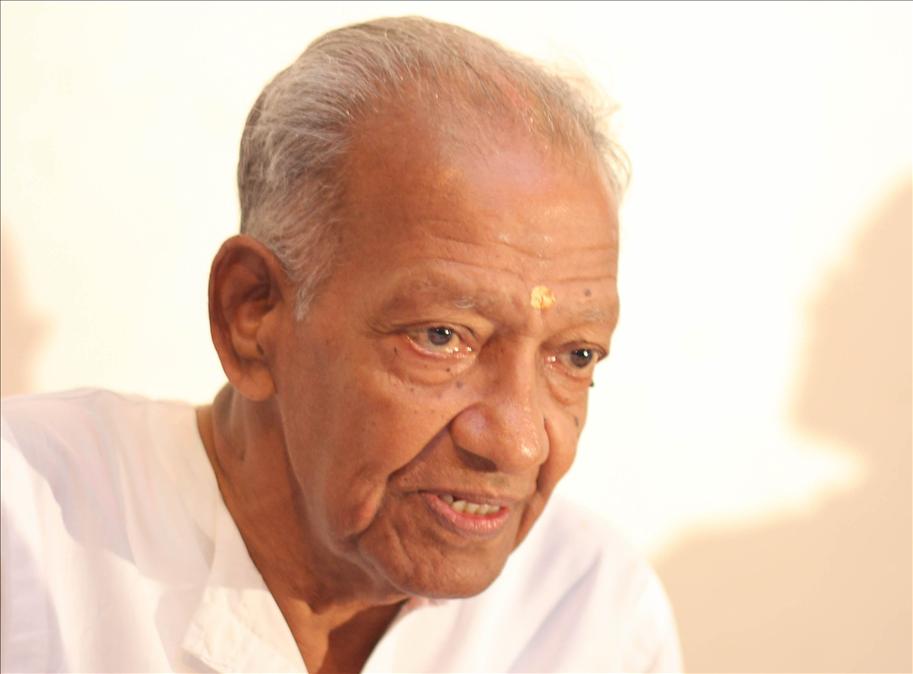 The fact that Tamil-speaking people spread their wings far and wide has been well documented and according to available information, their presence was acknowledged even in the early period of European history.
The fact that Tamil-speaking people spread their wings far and wide has been well documented and according to available information, their presence was acknowledged even in the early period of European history.
In more recent years, refugees from Sri Lanka have dominated the Tamil-speaking population throughout Europe.
Viva La France!
Britain has more than 300,000 Tamils, out of who about 200,000 are from Sri Lanka. France accounts for about 60,000 Tamils, mostly from Pondicherry.
The French ruled this small city located near Chennai until 1956. People born in Pondicherry, which was renamed ‘Puducherry’ in 2006, were eligible for French passports until recently.
Known as the ‘French Riviera of the East,’ Pondicherry is located about 160 kms to the South of Chennai and can be accessed by road.
France has a thriving Tamil electronic and print media. Many Hindu temples serve the community resident in Paris and neighbouring regions.
Germany has more than 50,000 Tamils and more than half of them went as refugees from Sri Lanka.
With their increasing population, Temples flourished, bringing with them religious fervour. The Temples were inspired by ‘Hawaii Subramaniaswami,’ a disciple of Yoga Swamigal and two well organised Hindu Temples, namely ‘Sidhivinayagar Kovil’ and the ‘’ Kannagi Amman Kovil.’
These Temples have flourished in Hamm since their construction in 1984.
According to ‘Hinduism Today,’ the youth are being well trained in their religion and culture at home and in weekend schools in rented halls using texts from Sri Lanka. They even wear Saiva symbols of ‘Vibuthi’ and ‘Tilak.’
About 25,000 Tamilians live in Italy, many of them refugees from Sri Lanka.
Rest of Europe
Switzerland accounts for 40,000, a majority of them from Sri Lanka.
Although they are well entrenched in the country and integrated with the local community, they are alive to their Hindu religious and Tamil cultural links.
Temples, cultural festivals, international conferences, seminars and meetings draw a large number of the Tamil diaspora from other European countries to the various Swiss cities so much so that it has become the nerve centre of Tamil cultural activism. Tamil language classes, dance and music classes run by voluntary bodies are fast increasing.
Sri Lankan refugees dominate an estimated 20,000 Tamil population in the Netherlands. Norway, Sweden and Denmark collectively account for more than 20,000 Tamils. The city of Bergen in Norway is the home for about 400 Tamil families and the centre for Tamil gatherings.
Yogarajah Balasingam (Baskaran) of Sri Lanka, is the first elected Tamil member of the City Council.

North America
US is the home for more than 300,000 Tamils from Tamil Nadu and Sri Lanka.
Canada has a large concentration of Sri Lankan Tamils (300,000), claiming 90% share of the Tamil population of about 300,000.
Tamil is taught from primary to pre-university level and 75% of them learn the language with interest. The cultural needs of the community is well catered by 24-hour radio and television networks and by numerous Tamil publications.
Apart from the World Tamil Organisation, many proactive organisations and Hindu Temples keep the Tamil culture and Hindu religion alive.
Guadeloupe and Martinique in the French West Indies have 20,000 and 15,000 Tamils respectively. The migration was mainly sailings from Pondicherry and Karaikal between 1853 and 1883. Almost all of them are well integrated into the mainstream population.
Guyana in South America had a large number of Tamils in their plantations since 1838. Most of them came from Madras (Chennai).
Tamils were spread in about 60 towns.
Former President Dr Cheddy Jagan and former Commonwealth Secretary General Shridath Ramphal are of Indian origin.
V Sivasupramaniam passed away on October 10, 2012 in Seychelles where he spent more than 27 years of his career. He was a former employee of Education Service in his native Sri Lanka. He also worked in Nigeria and was a freelance writer resident in Auckland. The above article is the third in a series, the first and second of which appeared in our July 1, August 1 and September 15, 2012 issues. A separate tribute appears in this issue.






